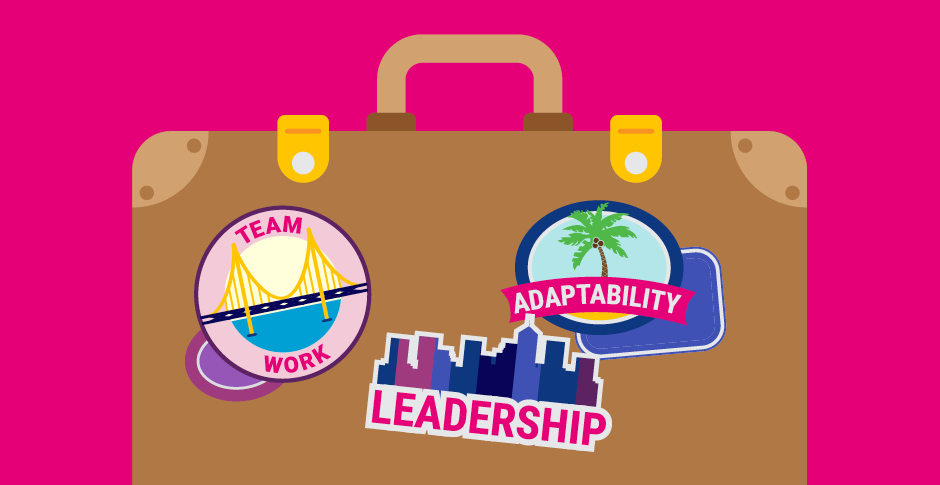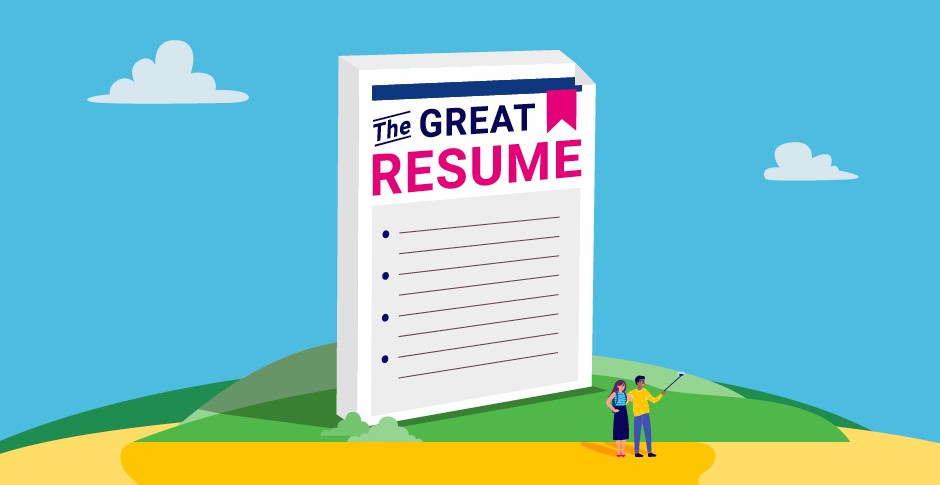Career history is the core of any resume, and it’s more than just a list of jobs you’ve held. Also known as your professional experience, it has to show off what you’ve achieved and been in charge of throughout your working life. It’s also the part of your resume that hiring managers and recruiters will look at most closely, so it’s crucial to get the content right. We asked Alastair Peutherer, partner at recruitment firm Davidson Technology to explain how you can best highlight your career history on paper.
Where to start
Begin writing your career history section by listing all the jobs you’ve had—just don’t go all the way back to the part-time job you had in high school if it’s not relevant anymore. “Only provide details for the past 10 years,” Peutherer says. He says your current or most recent role should appear first, followed by your previous professional experience.
Each position should include a title, summary, and two lists: one for key responsibilities and one for achievements. Here’s how to tackle each element:
Position title
Always start with the name of the position, followed by the organisation and the time you worked there, including the month and year:
Senior Manager, Technology
Bayside Finance | August 2006 – January 2008
It’s assumed every position is full time unless you state otherwise, so be sure to include that the role was part-time, casual or volunteer if so.
Position summary
Below the title, write a brief summary of what your position involved and the organisation you worked for. Aim to keep it to just one or two sentences, and include your main area of responsibility, who you reported to, and a short description of the organisation. You don’t need to include the details of every organisation, but may want to describe the core business, customers, size, and number of staff, especially if the company isn’t well known. For example:
Bayside Finance is the largest financial services company in the Bayside region, with more than 8,000 staff and more than 1 million customers. Reporting directly to the CIO, I was responsible for developing and supporting new technology solutions for the enterprise.
Key responsibilities
This should be a bulleted list that includes the areas you were responsible for, such as customers or operations, rather than a shopping list of your skills. If you managed a team or were in charge of budgets, these should be detailed too:
- Managed a team of 20 full-time staff
- Oversaw the organisation’s digital transformation program.
- Managed key partner and vendor relationships.
According to Peutherer you should prioritise what’s relevant to the role you’re applying for, and make sure the responsibilities you list truly reflect what you did. He says there’s no ideal number of responsibilities to include. “Any more than 5 bullet points is probably pushing it though,” he adds.
Key achievements
It’s important to be specific about your achievements rather than simply listing your daily activities, because hiring managers and recruiters will be looking to see where you can bring value to a role. Use facts and figures where you can—growth statistics, dollar figures or achievements against key performance indicators (KPIs), and give evidence of where you’ve used skills.
Remember, it’s more important to describe what you’ve achieved rather than what you did. Clearly showing your past achievements will boost your chances of getting an interview.
Gaps in your career history
If there’s a large gap in your resume it’s always good to give a reason. This might look like:
Parental Leave | June 2018 – June 2019
Took 1 year off to care for my first child.
Travel Break | May 2009 – May 2010
Travelled across Asia, Europe and the Middle East.
What not to include in your career history
You don't need to list your reasons for leaving each role. You don’t have to include every job you’ve ever had, either—especially roles from more than 20 years ago.
Only include volunteer work in your career history if it involved relevant skills for the role you’re applying for. If it's not relevant, include volunteer work in a separate section of your resume.
Customise your career history to the job you’re applying for
Finally, it’s important to tailor your career history to different roles you’re applying for. Review the job description and make sure your career history matches the required skills. You can do this by mirroring keywords used in the job ad, or by highlighting certain responsibilities and achievements over others. If your career history addresses the job you’re applying for, your resume is sure to get noticed.



